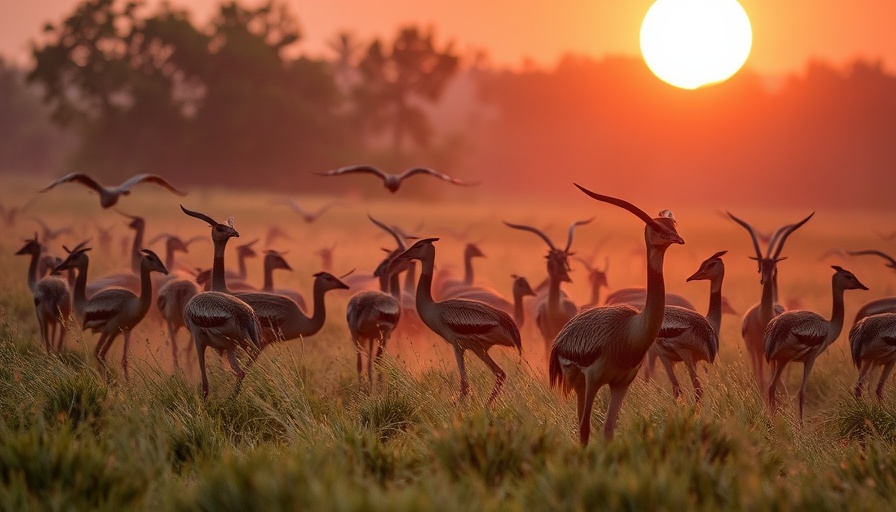
The Intricate Dance of Metabolism and Migration
When we marvel at the sight of birds migrating thousands of miles, we might be unaware of the extraordinary metabolic feats enabling this journey. Birds like the black-capped chickadee and the tricolored sandpiper face a monumental challenge: they not only need to travel but also need to sustain their energy throughout the trip. To prepare for long-distance migration, many birds experience a fascinating biological transformation—most notably, they significantly increase their fat reserves.
Feeding Frenzy: The Pre-Migration Build-Up
To effectively store enough fat for their epic journeys, birds may consume up to three times their regular food intake. This increased feeding frenzy is imperative, as they prepare their bodies for the rigorous demands of long flights. Among these birds, the Setophaga striata, known as the striped warbler, can double its weight before taking flight. Interestingly, species like the tricolored sandpiper may gain so much fat that they actually need to lose weight to facilitate take-off!
The Metabolic Marvels Inside
Beyond simple weight gain, fascinating internal changes take place. The stomach and intestines of these birds expand to accommodate increased food consumption, while their liver can grow by up to three times its normal size—essential for converting nutrients into fat reserves. At the cellular level, adjustments in fatty acids and proteins allow these birds to efficiently utilize stored fat as an energy source during long flights. Enzymes that transport and deliver fat to muscles surge in production, ensuring that these birds have the necessary fuel to navigate endless skies.
Beyond Flight: Why Understanding This Matters
The migration patterns of birds are a testament not just to their resilience but also to the complex ecological interconnections that sustain them. Climate change and habitat loss threaten these delicate systems, making it crucial for us to understand their needs. As we engage with these migratory marvels, we also embrace a responsibility to protect their environments.
With each flutter of their wings, migratory birds remind us of the dance between metabolism and nature, showcasing one of life's most remarkable journeys.
 Add Row
Add Row  Add
Add 




Write A Comment